Prepared to protect: 62 fire departments gain life-saving rescue tools
Nationwide’s Grain Bin Safety campaign expands its reach, delivering grain rescue tubes and training to 62 fire departments in 2025.
Read MoreA growing list of food companies and agribusinesses are offering payments to farmers for climate-smart farming practices if these practices can be adequately documented. Providing the right data to those companies is fundamental to opening and maintaining this new carbon-farming revenue stream for farmers.
The following information is provided by Nationwide, the No. 1 farm and ranch insurer in the U.S.*
A growing list of food companies and agribusinesses are offering payments to farmers for climate-smart farming practices if these practices can be adequately documented. Providing the right data to those companies is fundamental to opening and maintaining this new carbon-farming revenue stream for farmers.
Carbon farming involves implementing practices that are known to improve the rate at which CO2 is removed from the atmosphere and converted to plant material and/or soil organic matter.
“Carbon farming can potentially benefit farmers in a couple of ways. First, it can provide an additional revenue stream for your farm,” said Nationwide Risk Management Consultant Derek Hommer. “Second, it can improve crop production in the long run. Today’s conservation-driven farming practices, including no-till, living cover crops and perennial crop rotations, can help build more resilient, healthy soils.”
Data collection is nothing new for many progressive crop farmers. Today’s precision ag technology enables farmers to collect and leverage data to make informed crop input and management decisions. Now, the “ag carbon economy” is calling on farmers to collect additional data to help document their farming practices that are contributing to the overall effort to lower agriculture’s carbon footprint.
“The more data you have, the better you can tell your story,” Hommer said. “A lot of farmers have already implemented the practices being requested — like no-till and cover crops — in some cases for decades. They just aren’t keeping records. As you begin taking steps to become part of the ag carbon economy, it’s crucial to figure out what data you need to collect and how you’re going to collect it.”
The data required to verify your carbon-smart farming practices is a valuable commodity and represents your path to a totally new revenue stream on your farm. As such, Hommer recommends working with platforms and software that can verify the security of your data.
“The ultimate goal is to collect everything, analyze your data and put it to work for the betterment of your farm,” he said. “Be cautious with who you share your data with and how much you share. Make sure you’re working with the right partners to ensure you’re doing what you need to do to create new revenue for your farm.”
Visit AgInsightCenter.com for expert tips and information from Nationwide to help you navigate the changing agricultural landscape, run a successful business and maintain the safety of your farm operation.
*A.M. Best Market Share Report 2020. Nationwide, the Nationwide N and Eagle, and Nationwide is on your side are service marks of Nationwide Mutual Insurance Company. © 2021 Nationwide
Photo: istockphoto.com


Nationwide’s Grain Bin Safety campaign expands its reach, delivering grain rescue tubes and training to 62 fire departments in 2025.
Read More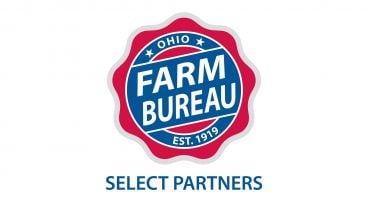
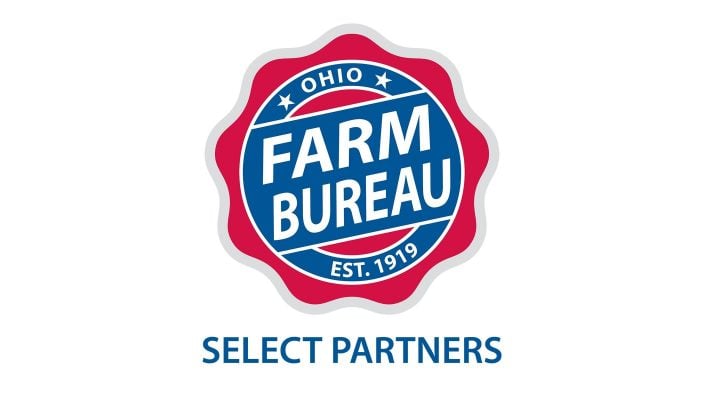
Ohio Farm Bureau Select Partners is an insurance and financial services preferred partnership program for Ohio’s agricultural community.
Read More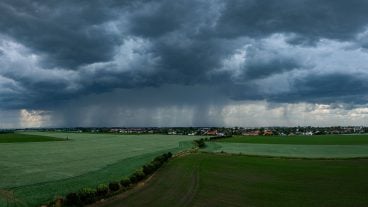

For more information or to sign up for weather alerts, farm policyholders should contact their Nationwide agent or visit ofb.ag/nationwideweatheralert.
Read More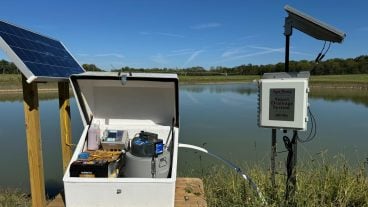
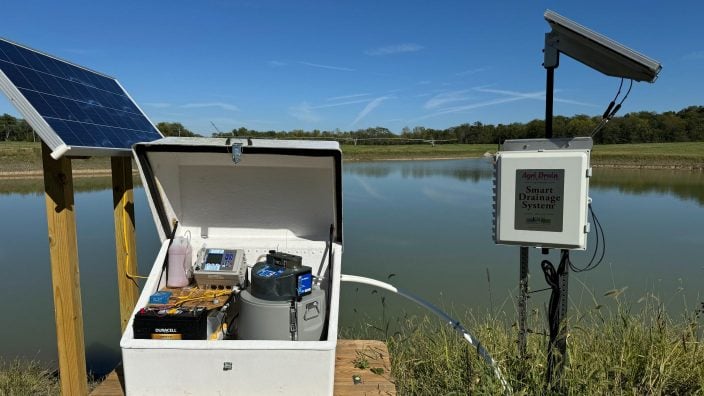
What if farmers could harness the moisture that falls during the winter season and use it when their crops are lacking water during the growing season — all with the touch of a button.
Read More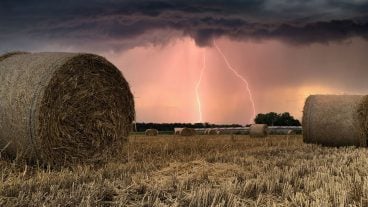

Is your property and pocketbook ready for what Mother Nature has in store?
Read More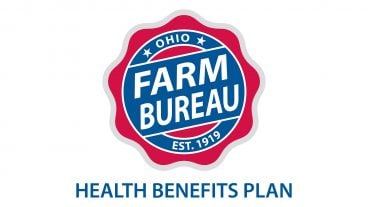
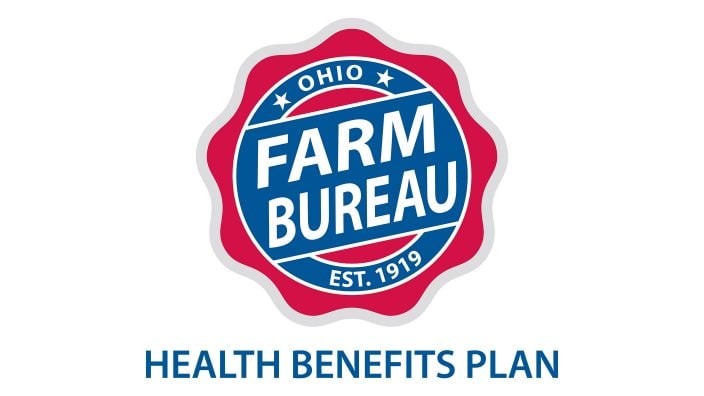
Learn more about the Health Benefits Plan as well as new options coming for farm families, plus, get propane handling safety tips from Nationwide.
Read More

By understanding the dangers and taking these precautions, farmers can safely harness the power of propane.
Read More
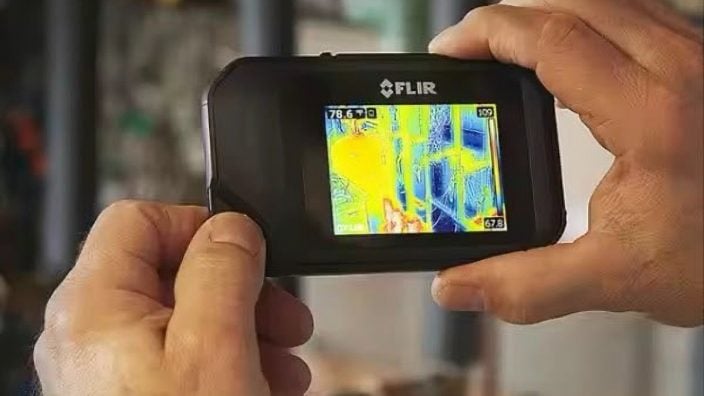
Ohio Farm Bureau’s Heritage Partner Nationwide teams up with leading agtech companies to offer innovative protection solutions that can help reduce losses and boost productivity.
Read More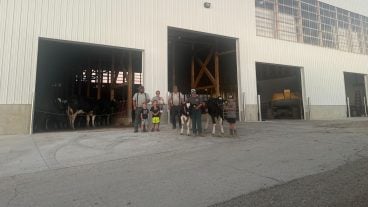

The cows are back home, and the Comp family was able to rebuild their business with the help of their Nationwide insurance coverage.
Read More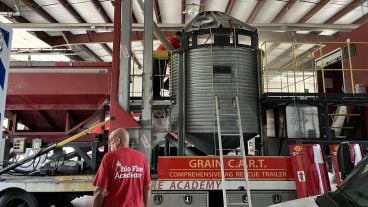
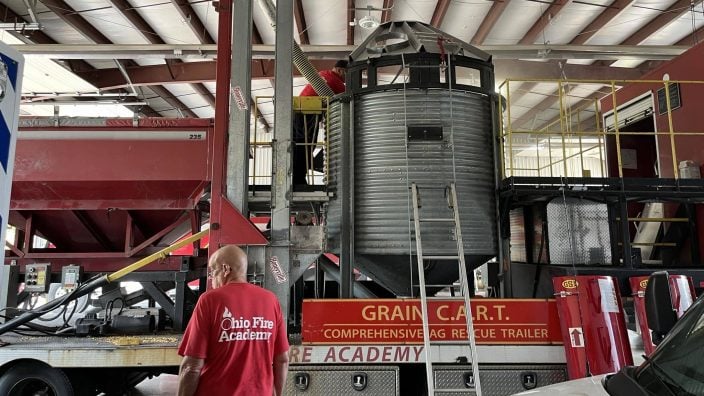
Each year, one or more county Farm Bureaus in the state team with Nationwide and/or local fire departments and safety organizations to help facilitate the grain bin safety and rescue training.
Read More